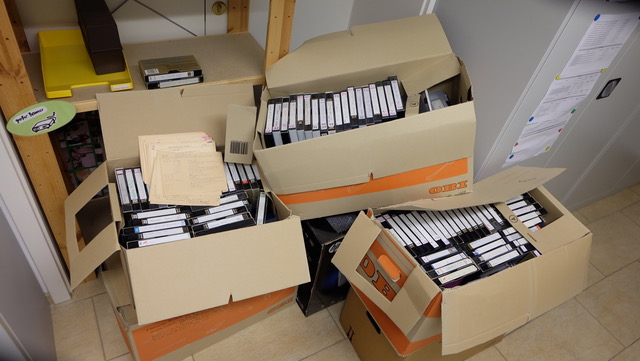Next door television. Saxon local television 1990 to 1995
The early years of the German-German unification process were marked in a special way by losses of the familiar, of Heimat, and the search for new standards of living, for a new homeland. This can be seen in the programmes of the local television broadcasters in Saxony: moving images and moving close-ups of the 1990s that cannot be found in any public television archive. They continuously recorded the upheavals and changes in everyday life, as has never been the case with any historical process of disruption, before. They show existential losses and the search for something new. They document continuities and breaks of tradition and socialisation, euphoria and (too quickly) disappointed hopes. The camera is close at hand and everywhere, and the as yet unbiased interviewers are neighbours of their viewers. They themselves are stuck in the processes they capture and mediatize, challenging feedback and positioning.
Up to now, these programs are completely unknown to the public – or burdened with clichéd, negative prejudices. But local television is Heimat television in the best, enlightened, not dusted sense, it is local memory and cultural memory, as well. Above all, the pictures of the hinge period (1990-95) evoke personal memories and experiences of upheaval, make them accessible to re-evaluation and classification, and are an as yet untapped fundus of our history of mentality and politics, of our collective cultural memory.
Read more: Heimat today – or: Everyone has his/her nest in his/her head


